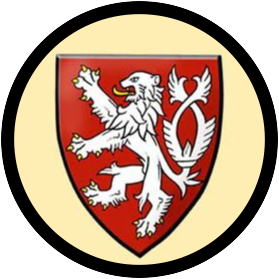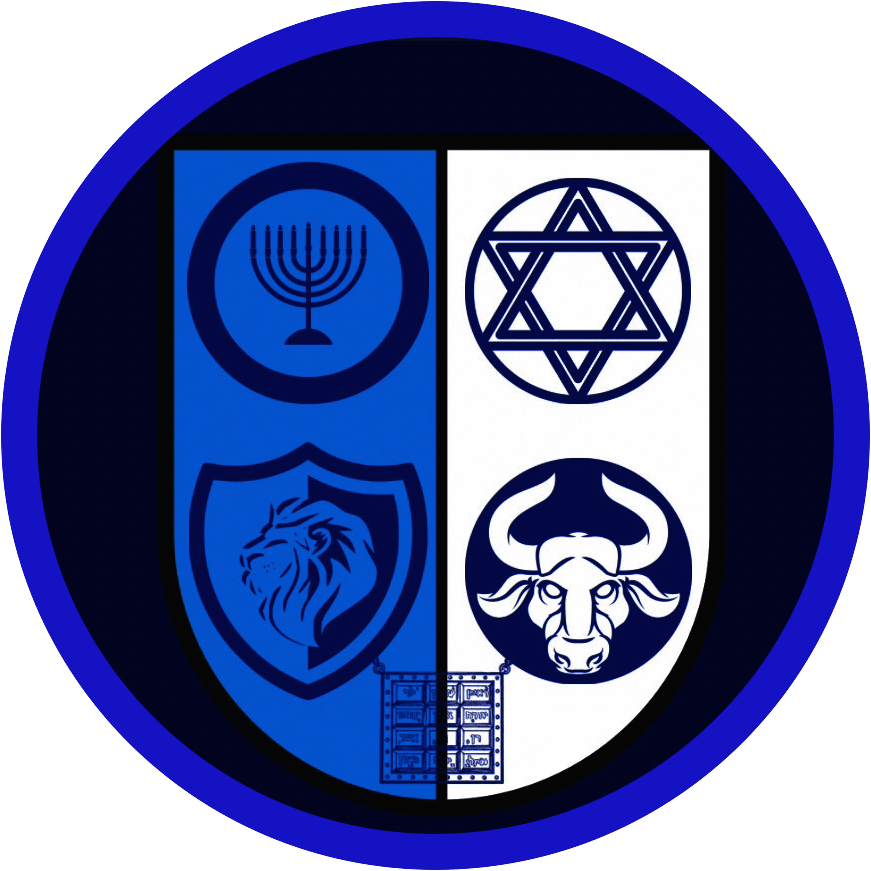
My MTDNA Ancestors ‘Cunningham Clan’ Related To My Mom
History
Cunningham Clan History
The surname Cunningham or Conyngham is among the 75 most numerous in Ireland, with the majority of the name being found in the Ulster counties of Down and Antrim and also in the Connacht counties of Galway and Roscommon.
The name Cunningham, taken from the place of the same name near Kilmarnock in Ayrshire, was brought to Ireland by settlers from Scotland who arrived in Ulster during the 17th century Plantation of Ulster.
The Scottish Cunninghams came to Ireland around the year 1610. In that year King James the first gave the orders for the Plantation of Ulster and issued land rights to the ‘Grantee’ persons and organisations for huge areas of Irish land confiscated from Irish owners who had participated in military action against English/British interests.
The Grantee for 20,000 acres of Land in Donegal county was Ludovic Lennox, the Duke of Lennox, who was not only a Scottish nobleman but also had the good fortune to be a close relative of King James. The land was known as the Precinct of Portlough and was described as being part of the Barony of Raphoe; Raphoe being the regional centre at that time. The Episcopal Bishops of this area are still known as the Bishop of Derry and Raphoe.
It was a condition of being a Grantee that the land granted must be settled with British farmers and secured against possible repossession by the original Irish inhabitants. The Duke looked to his own people in and around Ayrshire in Scotland the predominant clan in that area being the Cunninghams. He needed ambitious and hard working individuals and amongst those that he chose were Sir James Cunningham, who was granted 2,000 acres, and John Cunningham, Cuthbert Cunningham and another James Cunningham who was the uncle of Sir James, who each received 1,000 acres.
Cuthbert was greatly criticised for his lack of activity in developing his portion but John Cunningham on the other hand seems to have been very active indeed and it is believed that at one stage he acted as local agent for the Duke. An Alexander Cunningham also received a grant of 1,000 acres further west in another precinct. All these men were from Ayrshire.
James Cunningham’s 2000 acres were in the lands of Machrimore, which is an Anglicisation of the Gaelic ‘Machair Mor’, meaning ‘Large plain’ in English. The area was, and still is, prime farmland close to the shore of Lough Swilly and he was charged with tenanting his lands with loyal settlers, the establishment of a manor, and with organising the defence of the lands.
He brought in landless but capable people from the home area so by 1614 there were 29 tenants on the land and in 1622 over 50 tenants were recorded. He also took over a long abandoned castle, rebuilt it, and added a bawn wall around it to create a place of safety for all in case of attack.
This has been referred to as Fort Cunningham and as Castle Cunningham but I do not think that it was ever put to use as the area was not attacked during the 1641 rebellion. A manor house was built close to the castle and local services established with the arrival of blacksmiths and others. This central settlement lives on today as ManorCunningham though there seems to be no trace of the original buildings.
However, some of the Ulster Cunninghams acquired their surnames differently. There was a small sept of MacDonegan in County Down, one of whom, John Donegan or MacDonnegan, was Bishop of Down from 1395 to 1412. This surname was first corrupted to MacConegan and later some of these MacConegans changed their names to Cunningham in imitation of the Scottish settlers.
The Connacht Cunningham families are mostly native Irish and trace their descent from two sources – one branch from Fiachra, brother of the famous Niall of the Nine Hostages, which was located in County Sligo; the other a sept of the Ui Maine (often called Hy Many), a widespread group of septs centred in counties Galway and Roscommon.
The original native Gaelic forms were first written as O’Cunnigan and Mac Cuinneagain. Later under the influence of three centuries of British occupation, many old Gaelic families dropped the O or Mac and adopted Cunningham as the anglicised version of their names.
There is hardly another surname in Ireland which appears under so many different guises. Among these are Coonaghan, Counihan, Cunnighan, Kinningham, Kinighan, Kinagam, Kinnegan and MacCunnigan in Ulster, while Conaghan and Kinaghan are two of the many variants elsewhere.
Sourced:
http://clancunningham.org/photos/Settlement2.htm
A History Of Cunningham Clan in US
Homelands
Cunningham Homelands
Given the strong influence exerted by the Cunningham Irish Clan all over the world, we take a look at what can be regarded as Cunningham homelands within Ireland.
Located in the northwest of Ireland within the province of Ulster, Donegal is well known for its strong links to the Cunninghams given that members of the Scottish Cunningham Clan were settled here during the Plantation of Ulster during the 17th Century. The Cunningham name remains strong within Co. Donegal and in particular the historic and influential links can still be felt today with the names of villages such as Manorcunningham and Newtown Cunningham.
Also in Ulster is the county of Down where a sept of the MacDonegan Clan are believed to have taken a twist on the name to MacConegan before eventually changing the name completely to Cunningham to match those of the Scottish plantation families.
The name Cunningham has deep links within Co. Antrim and this heritage also most likely stems from the Scottish settlers who arrived as part of the Ulster Plantation. Antrim is home to the stunning Glens of Antrim which are historic in their own right while one of the world’s finest natural attractions, the Giant’s Causeway is also situated within County Antrim.
The fact that a branch of the native Irish Cunninghams had strongholds in Co. Sligo means that “Yeats County” can most definitely be classed as a homeland of the Cunningham Clan. With an unspoilt coastline where you’ll find seaside gems such as Easkey and Mullaghmore to the dramatic slopes of Ben Bulben (pictured), Sligo is a county with a proud Cunningham heritage.
Other branches of native Cunninghams have roots in both County Galway and County Roscommon, both located within the western province of Connaught.Galway is known for its picturesque landscapes in locations such as Connemara and the Aran Islands (pictured) while Roscommon’s inland location provides it with peaceful, rolling countryside.
A list of names directly related to me through mtdna test by FTDNA:
1. Judy Beaty: b April 25, 1948
2. Willa Johnson b. 1919 d. 1994
Married Cara Keeble 1940 (These are my parents)
3. Arthur Johnson 1899–1992 b. Bear Paw (Cherokee Co, NC)
M. Violet Akins in 1918 (My mother was their oldest child) Atthur died in 1992 & Violet in 1998 in Monroe Co., TN
4. Alice Inglbo Cunningham b, 1857 in Jackson Co, NC d. July 4, 1914 in Bear Paw, NC
M. Joseph Leander Johnson b. Aug 5, 1859 Cherokee Co, NC/died 1933 in Cherokee Co, NC
5. John Robert Cunningham b. 1820, Haywood Co, NC, d. abt 1891, Swain Co, NC
Married Lucinda McMahan b. 1825, NC, d. ? in NC
6. George Cunningham b. March 7, 1798, York, SC, d. Aug 12, 1845, Jackson Co., NC
Married Margaret Hughes: b Oct 3, 1790, Rutherford Co, NC/d. Oct 27, 1863, Jackson Co, NC
7. James Cunningham b. 1755, Rowan Co, NC d. March 17, 1908, Anderson Co, TN
Links
Cunningham Genealogy Find out even more about the history and global impact that the Cunningham Clan have made by visiting our recommended links resources:
History of the Cunningham Clan
Cunningham Global Society
American Cunningham Society
Cunningham Geneology Forum
Famous Cunninghams
The Cunningham Clan of Ireland
The National Archives of Ireland website
Census of Ireland 1901 to 1911
General Register Office for Republic of Ireland
Public Record Office of Northern Ireland
General Register Office for Northern Ireland
Church of Ireland Genealogy Information
Presbyterian Historical Society of Ireland
National Library of Ireland
Discover Ireland

